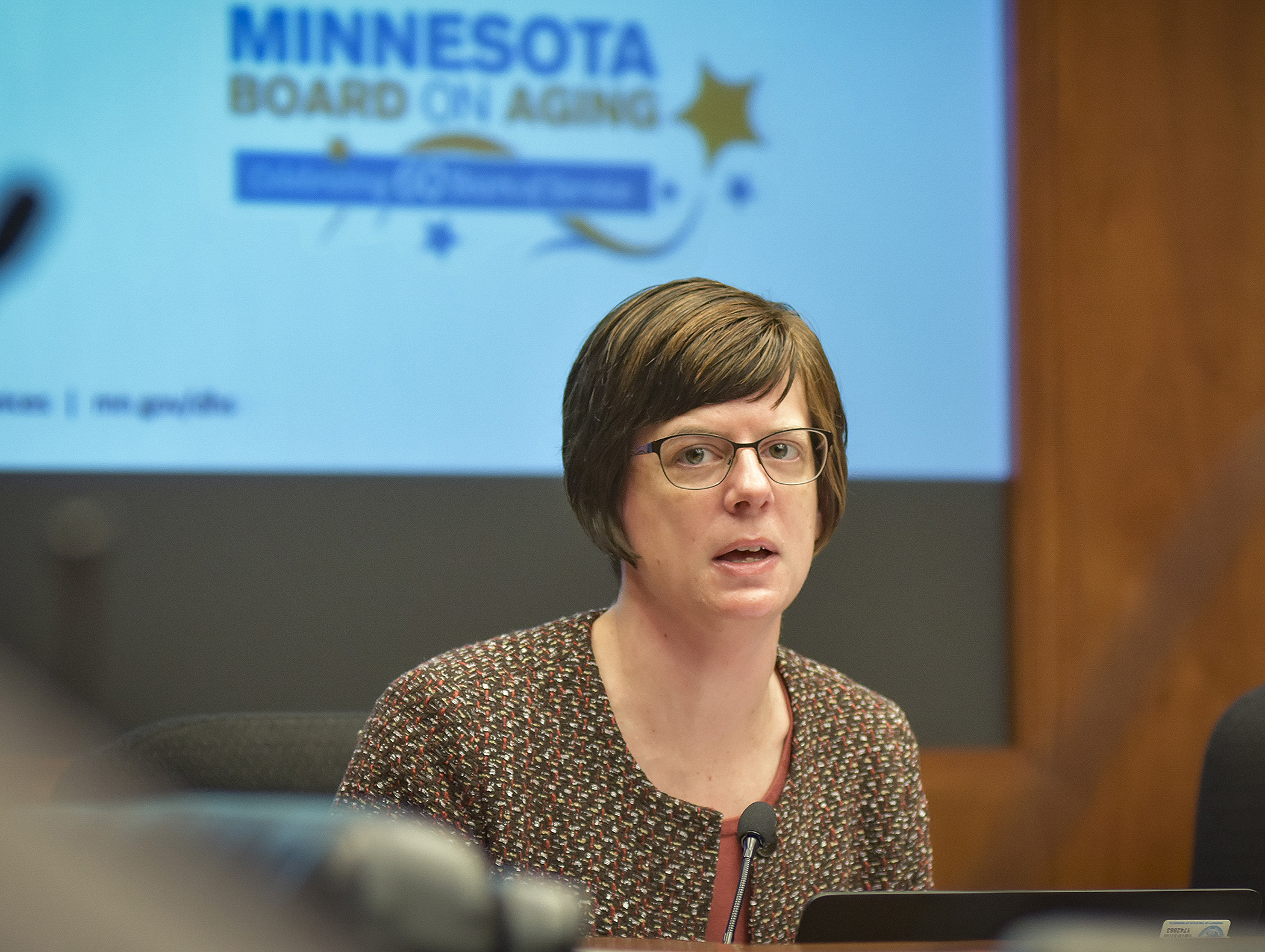DHS program aims to help aging Minnesotans plan for the future

Minnesotans are getting older. The number of people over 65 is expected to grow 107 percent between 2010 and 2030 while the rest of the population is expected to grow 6 percent.
And most Baby Boomers don’t have enough money saved pay for their long-term care, LaRhae Knatterud told the House Subcommittee on Aging and Long-Term Care during an update Wednesday. No action was taken.
The Department of Human Services’ launched the “Own Your Future Minnesota” initiative in 2012 to encourage people to plan for their futures and identify affordable options for middle-income households, said Knatterud, the program’s aging transformation director.
“As we look to the future and we see the huge age wave of the Baby Boomers … we’ve also seen a dramatic increase in life expectancy. And so, people are living longer, and that means they often experience then need for long-term care,” which costs $57,000 a year on average, Knatterud said.
The vast majority of older people still receive care from family members – despite early predictions that family involvement would decrease, said Kari Benson, director of the department’s Aging and Adult Services Division.
But when familial support is unavailable or insufficient, people need the option of seeking care through an at-home agency or facility.
And for middle-income people, affording that care can be difficult. Wealthy people can afford to pay for their own care and those with very low incomes have access to Medicaid support; but most Minnesotans fall somewhere in-between, Knatterud said.
Possible solutions include adding homecare benefits to supplemental Medicare policies, or a life insurance option that could be converted into long-term care funding when the policyholder reaches a certain age.
“We’re busy, we hope, trying to find some new ways to help individuals pat for the services that they are probably going to need in their old age,” Knatterud said.
Related Articles
Search Session Daily
Advanced Search OptionsPriority Dailies
Ways and Means Committee OKs proposed $512 million supplemental budget on party-line vote
By Mike Cook Meeting more needs or fiscal irresponsibility is one way to sum up the differences among the two parties on a supplemental spending package a year after a $72 billion state budg...
Meeting more needs or fiscal irresponsibility is one way to sum up the differences among the two parties on a supplemental spending package a year after a $72 billion state budg...
Minnesota’s projected budget surplus balloons to $3.7 billion, but fiscal pressure still looms
By Rob Hubbard Just as Minnesota has experienced a warmer winter than usual, so has the state’s budget outlook warmed over the past few months.
On Thursday, Minnesota Management and Budget...
Just as Minnesota has experienced a warmer winter than usual, so has the state’s budget outlook warmed over the past few months.
On Thursday, Minnesota Management and Budget...